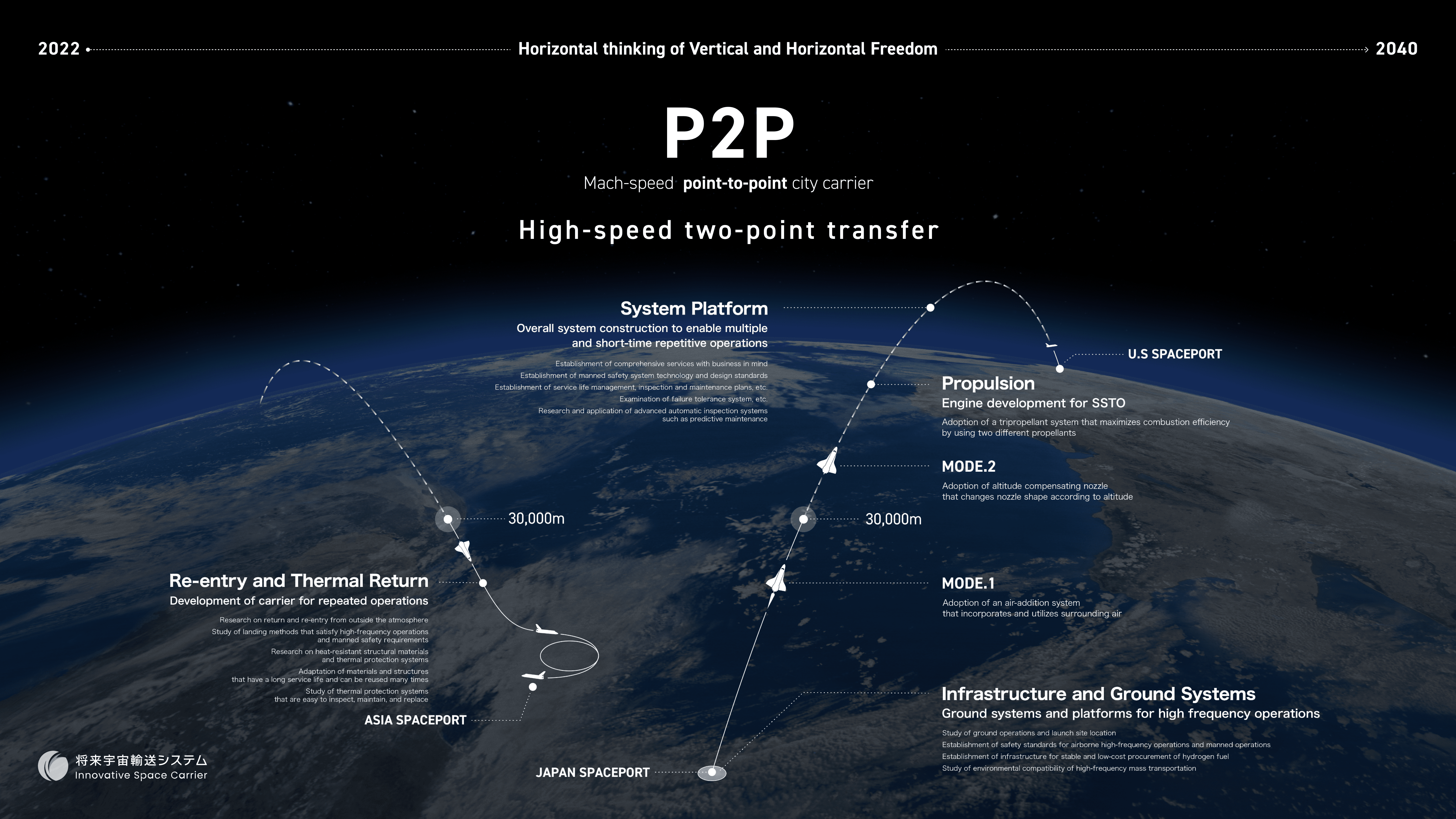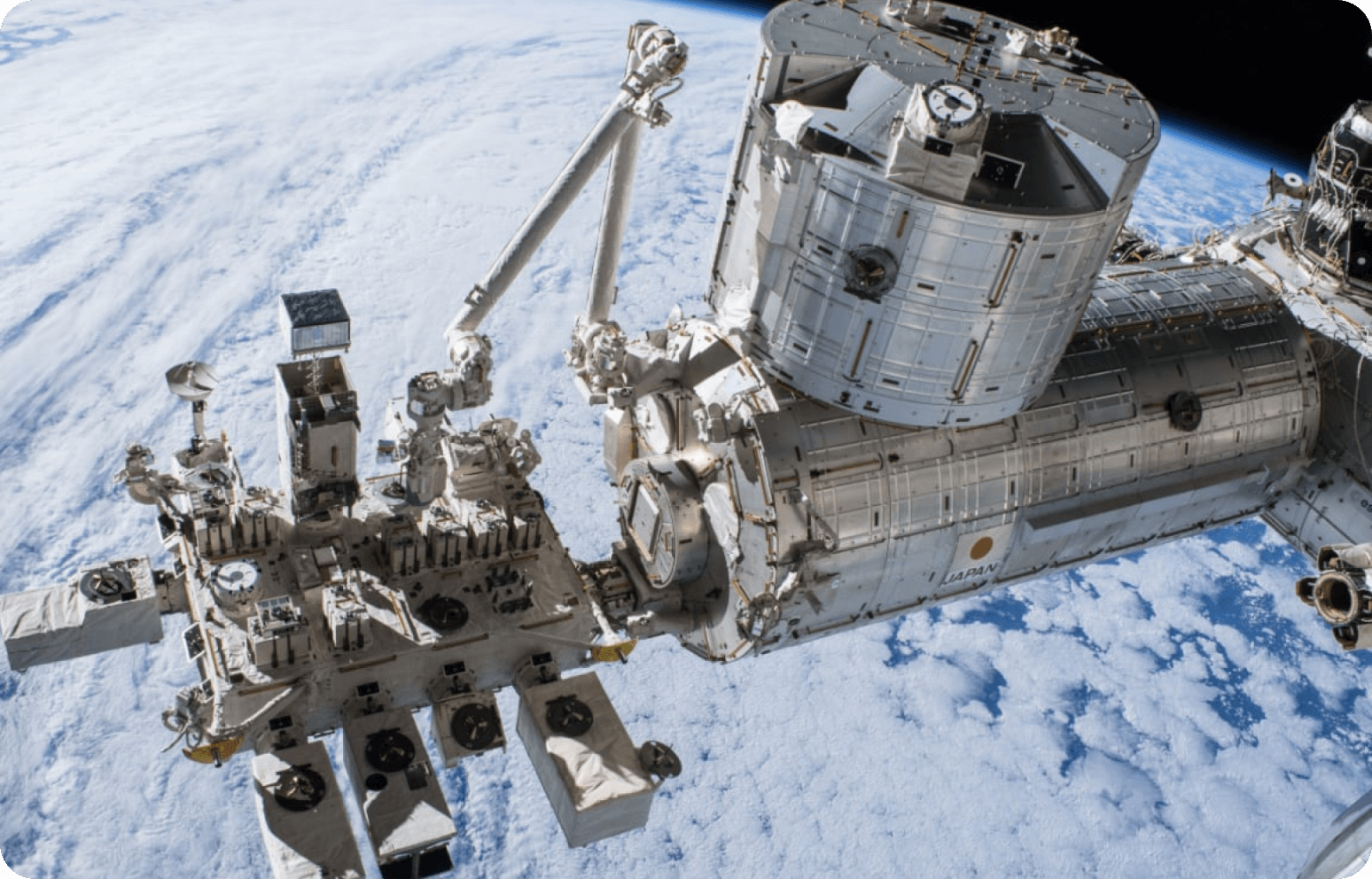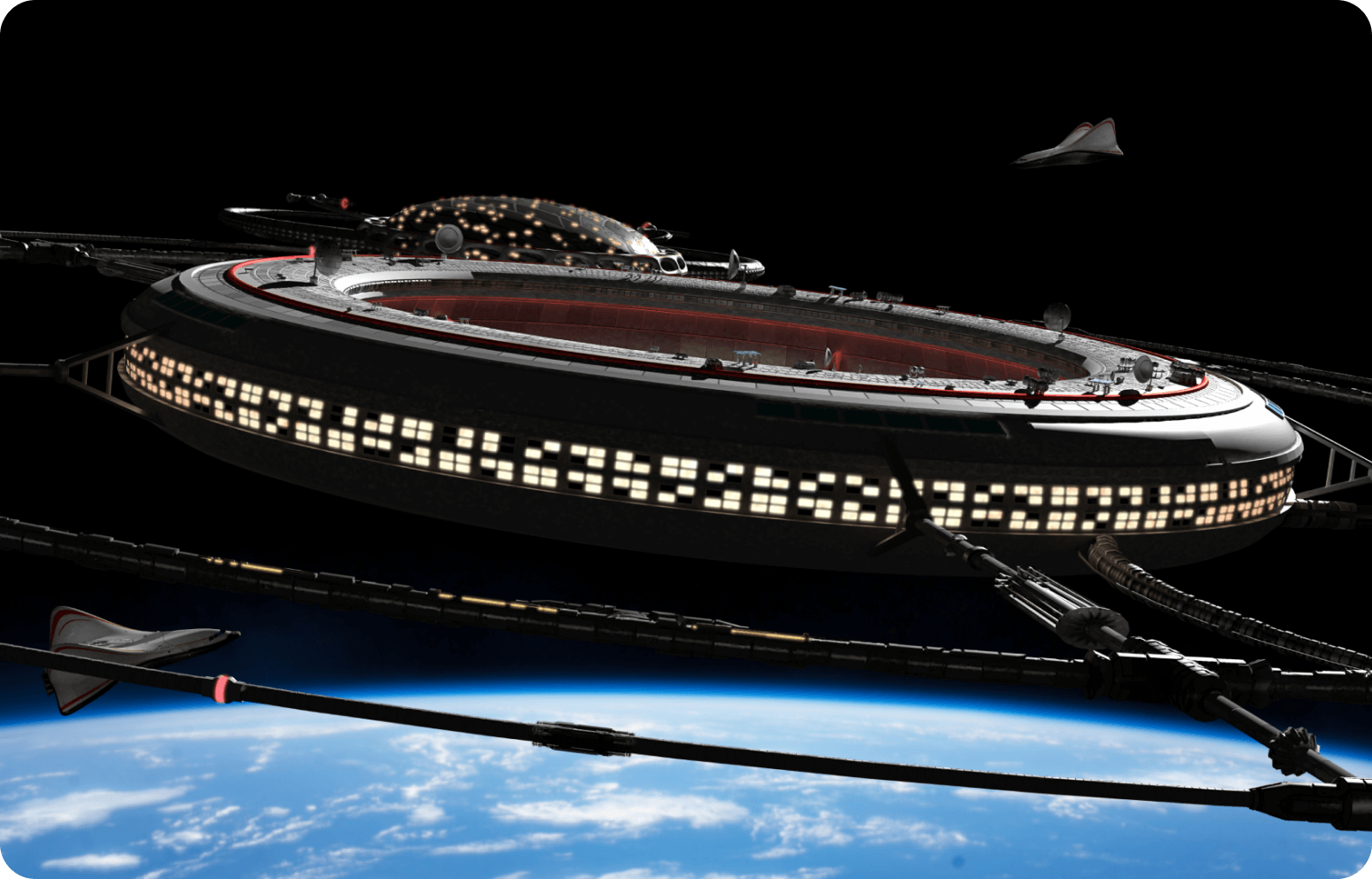Single Stage to Orbit (SSTO) refers to a space vehicle that consumes only fuel and propellant and can reach a satellite orbit without detaching the engine, fuel tank, and other components of the vehicle. The development of this single-stage launch vehicle will be extremely important to achieving our vision.

The reason for this is to reduce the cost of rocket launch from the reuse of airframe parts. The oxygen tanks used as fuel to fly in a vacuum, although expensive, are detached mid-flight and disposable as a means of reducing the weight of the vehicle in order to reach space.
However, if we can develop a single-stage rocket that does not require cutting off a part of the rocket body to reach space, the problem of redevelopment costs for expensive parts will be solved, leading to further investment in the space business, more frequent launch experiments, and a future of low-cost private-sector access to space. This will lead to further investment in the space business, more frequent rocket launch experiments, and the realization of a future in which private citizens can go to space at low cost.
The realization of a single-stage, high-frequency reusableaircraft will be a great challenge for the Japanese space industry.



